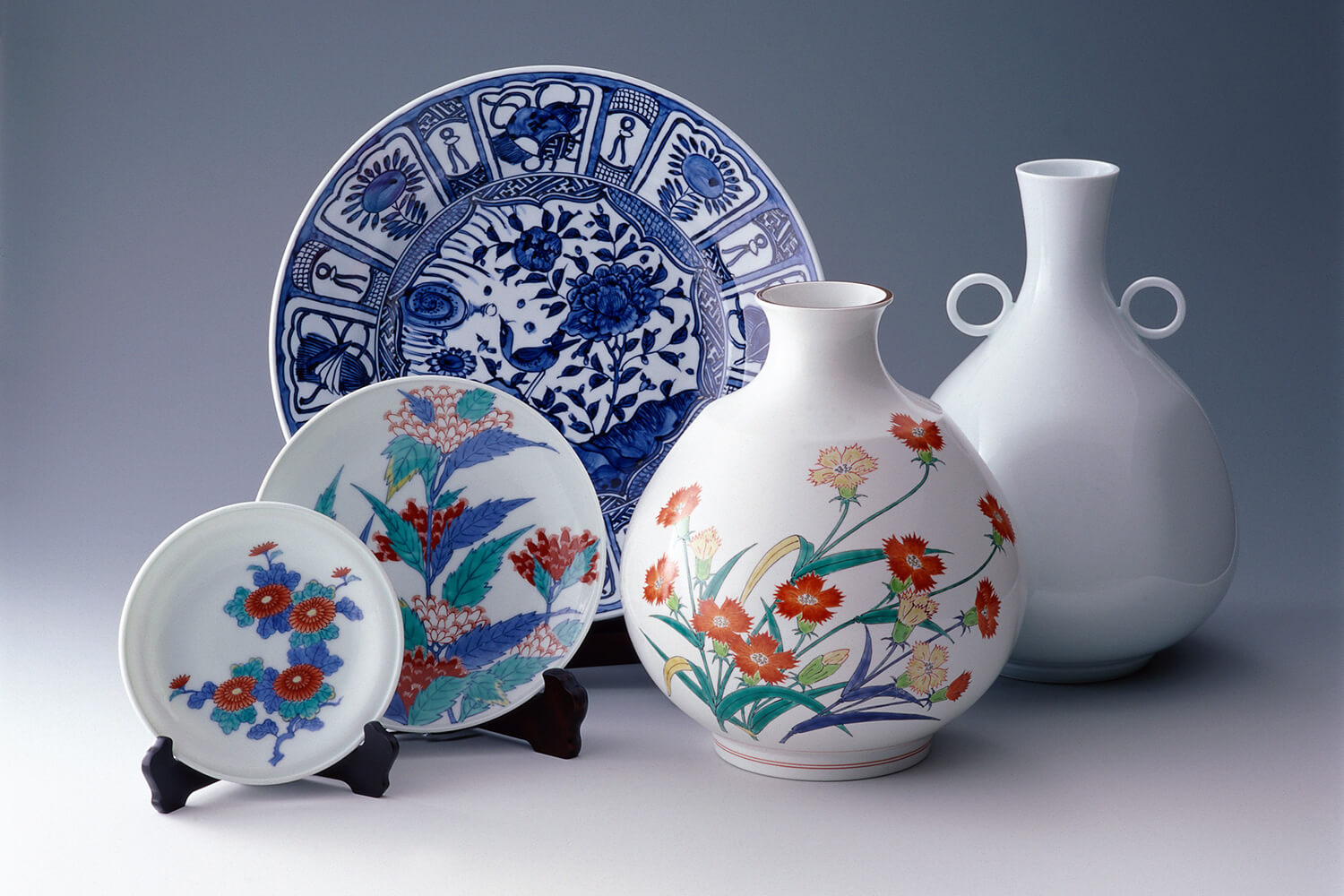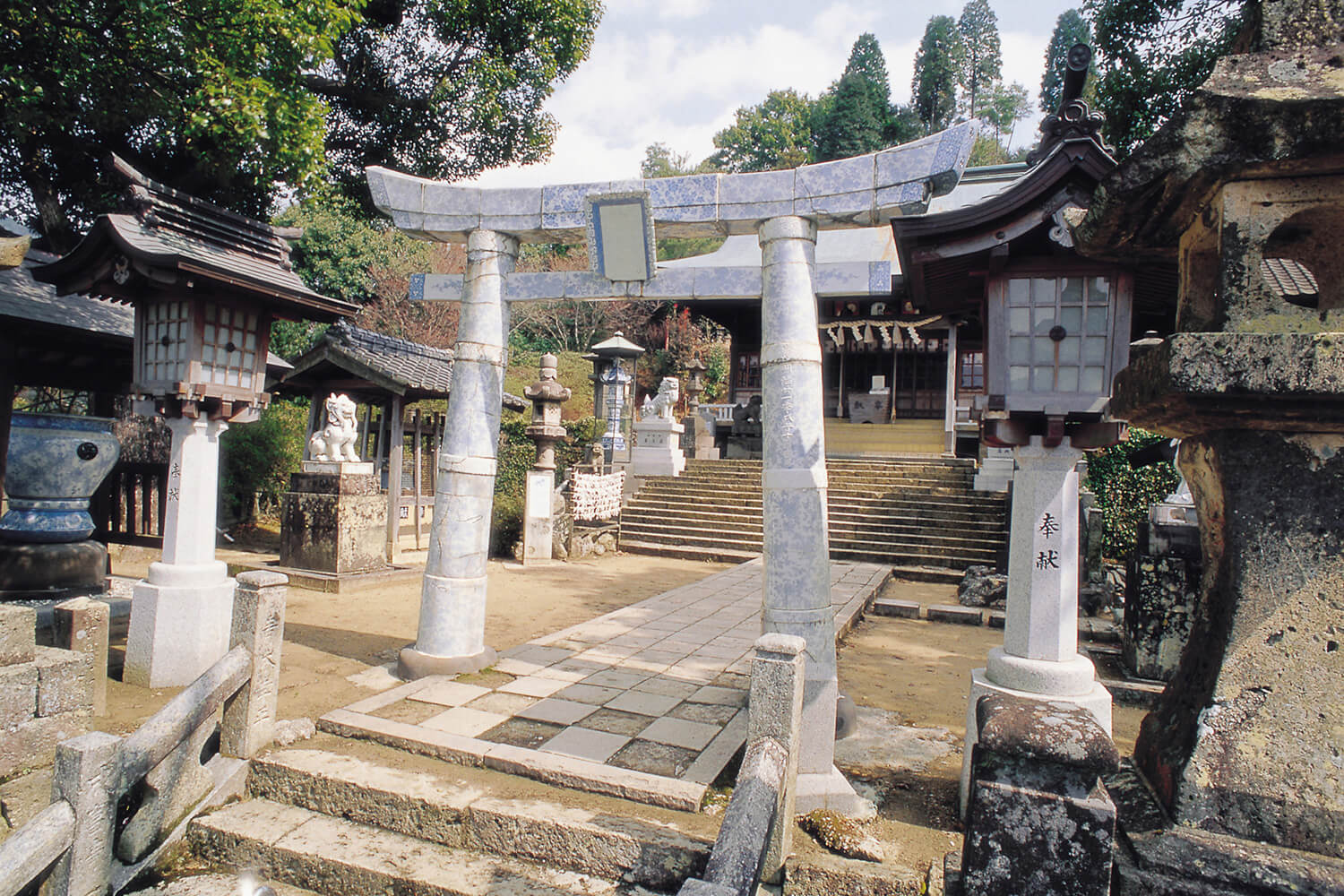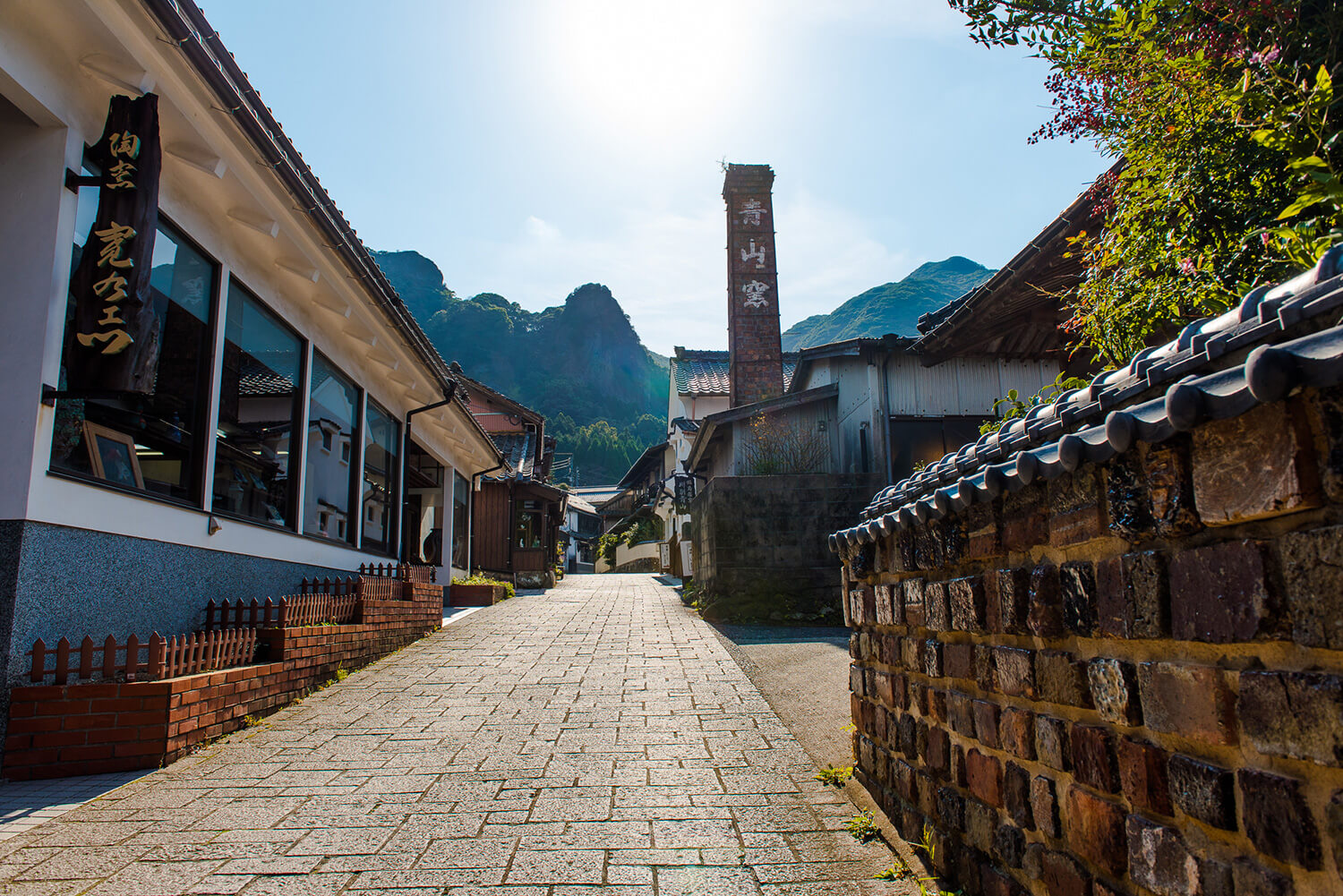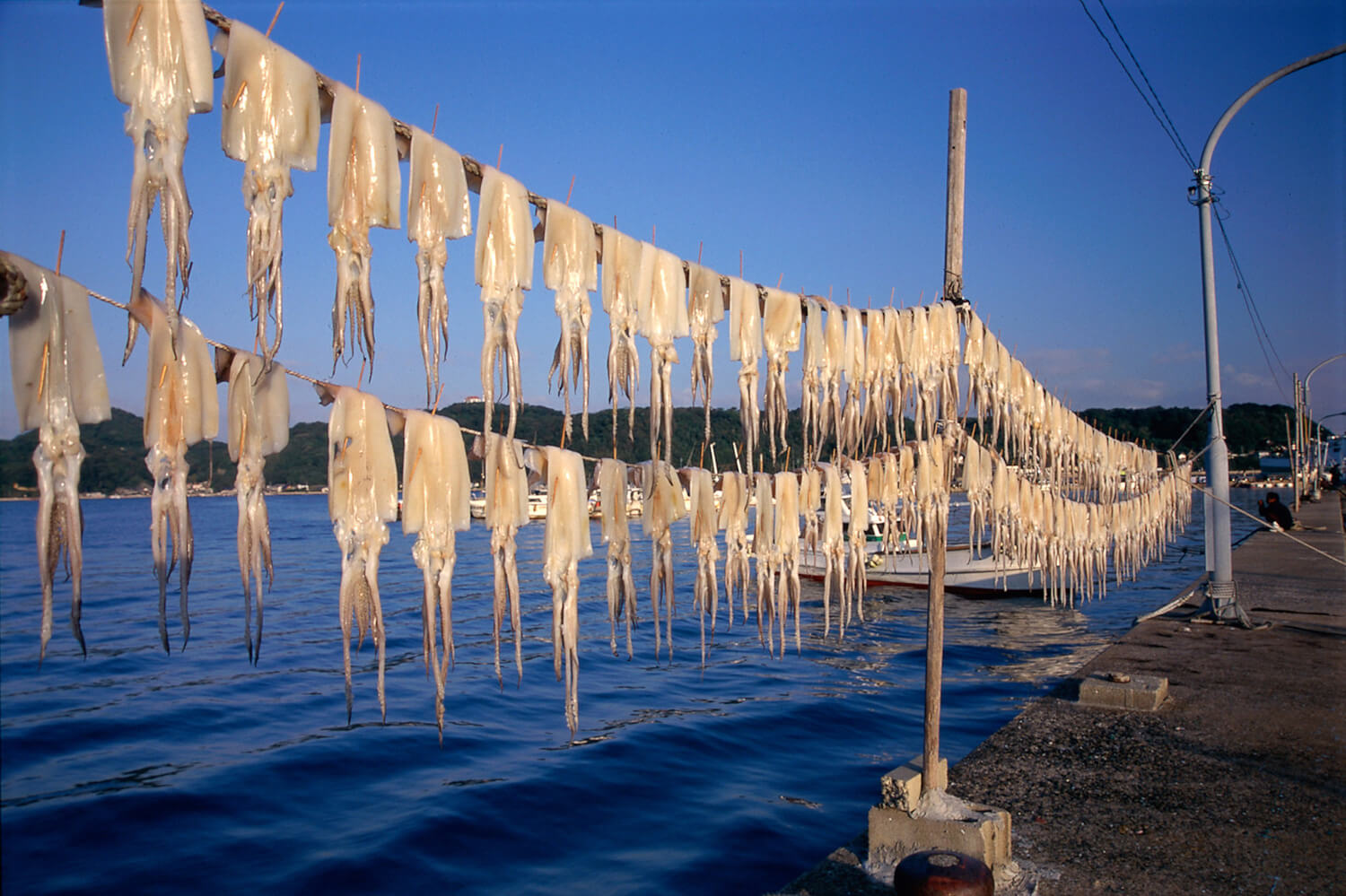
April 2020
Japan is known for its traditional arts and crafts, including origami, bonsai, and ikebana flower arranging. While pottery has a shorter history in Japan, its cups, bowls, and other products are renowned worldwide. If you have a particular interest in these products, Saga prefecture in Kyushu, Japan is a must-visit! We will introduce the three main centres of pottery in the prefecture: Arita, Imari, and Karatsu.

Arita is widely known as the birthplace of pottery in Japan, the first wares appearing in the early 1600s with the discovery of kaolin stone in the area. it is unsurprising that pottery is the main tourist attraction in Arita, with a large number of shops and museums trading in the town.
Arita ware exhibits more delicacy in creation and decoration and is generally restricted to blue and white colouring. This approach is heavily influenced by Chinese-style porcelains. It is said that Yi Sam-Pyeong was the first creator of porcelain in Arita, and it is to Yi that the Sueyama Shrine is dedicated. This shrine is also known as the porcelain shrine after its porcelain toori gate (shrine entrance gate). Kaolin stone was first discovered at Izumiyama Quarry, which can be visited. The pottery festival during late April – early May is perhaps the largest event on Arita’s calendar, bring around 1 million visitors to shop at over 100 different stalls. Arita is approximately 85 minutes from Hakata Station by limited express train which is covered by the Japan Rail Pass. Arita is one of the first destinations on JTB’s exciting new fully escorted eight-day tour of Kyushu. For more information, please visit https://www.jtbtravel.com.au/japan-tours/escorted/kyushu-land-of-fire/ Day tours are also available in Arita, including pottery experiences and kiln visits. For more information about the above products, please inquire with JTB or your local travel agent.

Japanese ceramics became popular around the world and was particularly exported to China and Europe for sale. Imari became the main shipping point for pottery from Arita but naturally developed its own products and style, exhibiting much more intricate and vibrant designs and adding more bright colours. This style was of particular interest to European consumers. The main area to visit in Imari is the Okawachiyama village. Artisan potters, many brought to Japan from Korea during the Imjin War, lived here creating their wares. The town was closed to outside visitors for many years, but now visitors can enjoy a throwback to traditional Japan while appreciating the ceramic accents around the town, including a ceramic bridge. The Imari Arita Ware Traditional Crafts Centre situated next to the Okawachiyama bus stop is worth a visit to learn about the development of the Imari style of pottery. The local train from Arita Station to Imari Station takes about 25 minutes. A bus from here will take you to Okawachiyama village. This is not covered by the rail pass, so tickets will need to be purchased locally.

Karatsu is a coastal town in proximity to Arita and Imari. It was a major trading port with Korea and China. Karatsu ware is known for its more earthy colours that are created from the coarser clay that is used, the products of which are often used in tea ceremonies. Pottery has been produced at the Nakazato Toraemon kiln for generations and is still active today. The compound includes a museum and visitors can watch pottery being created. Like in Arima, the Karatsu Kunchi Festival at the start of November brings many visitors to view and purchase local pottery. Ichibankan is a great option for a store to purchase local wares, including those of Nakazato Toraemon. In addition to pottery, Karatsu is known for its castle and its natural beauty. The view of the Nijinomatsubara pine grove from Mt Kagami is particularly stunning! Karatsu is accessible from Hakata Station with a Limited Express train to Saga Station, followed by the JR Karatsu Line to Karatsu Station. It takes about 120 minutes and is covered by the Japan Rail Pass.
For lovers of arts, crafts, and pottery, Kyushu is a must-see destination. With a long history of pottery production Arita, Imari, and Karatsu all have a lot to offer historically and also in natural beauty. If you have been inspired to visit these lesser-known destinations, please contact JTB or your local travel agent to start planning your dream trip!